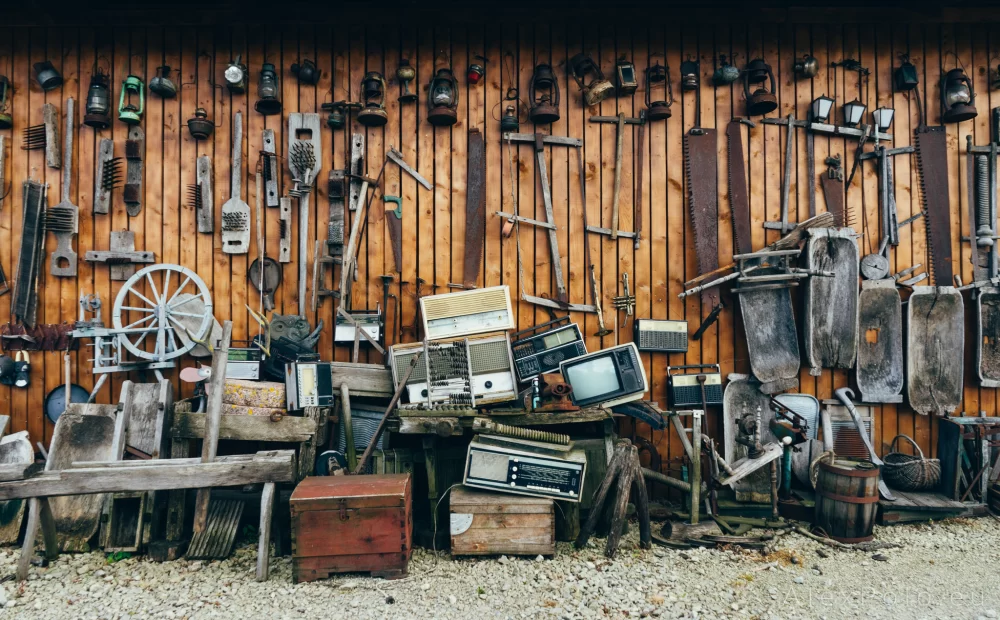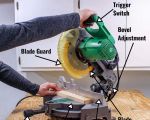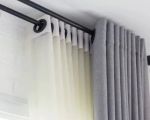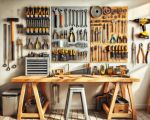What to Look for in a Toolbox
As someone who loves DIY projects and the occasional home improvement task, I can tell you that choosing the right toolbox has been a game changer for my work. At first, I didn't give much thought to the quality and functionality of my toolbox, but over time I realized just how important it is. A good toolbox not only organizes your tools but also helps protect them and makes your tasks more efficient. In this article, I’ll share what I’ve learned about selecting the best toolbox for your needs, based on personal experience and practical advice that could save you time and effort.
1. Size and Capacity: Finding the Right Fit
The first thing I consider when selecting a toolbox is size. When I started working on home projects, I made the mistake of choosing a small, compact toolbox. It seemed like a good idea at the time because it was easy to carry around, but I quickly realized that I didn’t have enough space to store all my tools. Over time, I had to upgrade to a larger toolbox to accommodate my growing collection of tools.
Here’s what I learned about size and capacity: 1. Smaller Toolboxes are great for keeping essential tools organized for smaller projects or light tasks. These are portable and convenient for minimal setups. 2. Medium-sized Toolboxes offer a good balance. They fit a variety of tools but aren't too bulky to carry. They’re perfect for anyone who works on projects of all sizes. 3. Large Toolboxes are ideal for professionals or hobbyists who need to store multiple tools and accessories. They often come with several compartments and offer extra space for specialized equipment. 4. Think about whether you’ll be working in your garage or need something portable for on-the-go projects. Portability is a key factor for me when I’m working outdoors or at different job sites.
By choosing the right size, I was able to avoid wasting time searching for tools that didn’t fit properly in my old toolbox.
2. Material: Durability and Protection
The material of your toolbox is another important factor to consider. I learned this the hard way after I purchased a plastic toolbox that cracked after a few drops. It was frustrating to realize that the material didn’t stand up to the heavy tools and rough conditions in my garage. Since then, I’ve prioritized durable materials when selecting a toolbox.
When thinking about material, consider these options: 1. Plastic Toolboxes are lightweight and affordable, but they might not withstand heavy wear and tear. They’re great for light use but may not hold up under heavy-duty tasks. 2. Metal Toolboxes are durable and can handle larger, heavier tools. They are often more expensive, but they offer superior protection for your tools. 3. Steel or Aluminum offer the perfect combination of durability and lightness, but they can come at a higher price point. I found that a steel toolbox offers the longevity I need for heavy-duty work. 4. If you plan to work outdoors, consider choosing a toolbox that is weather-resistant, with seals to prevent rust and corrosion from exposure to moisture.
Investing in a durable material has made a huge difference in preserving my tools and reducing the risk of damage.
3. Portability: How Easy Is It to Carry?
Portability is something I often overlooked when I was selecting my first toolbox. In the past, I purchased toolboxes that weren’t easy to carry. A heavy, cumbersome toolbox made working outdoors or transporting my tools a hassle. Eventually, I switched to a toolbox with wheels, which made all the difference when I had to move it from place to place.
To select the best toolbox for portability: 1. Small Toolboxes: Ideal for carrying a few tools at a time, these are easy to carry but may not be suitable for larger projects. 2. Toolboxes with Wheels: If you have a lot of tools or heavier equipment, a rolling toolbox is a great option. The wheels make it easy to move large or heavy toolboxes around. 3. Carrying Handles and Straps: Look for sturdy handles or straps if you plan to carry your toolbox manually. Comfortable handles are a must for making transport easier.
When I upgraded to a portable toolbox with wheels, my whole approach to organizing and transporting tools improved dramatically. I could take my tools anywhere without straining myself.
4. Organization: Compartments and Layout
Organization is key to maximizing the functionality of your toolbox. When I first started working with a toolbox, I simply threw everything in without considering organization. Over time, it became frustrating not being able to quickly find the tools I needed. I quickly learned the value of compartments, dividers, and a smart layout.
Here’s what I recommend: 1. Multiple Compartments: Toolboxes with adjustable dividers let you customize the internal space to organize small parts like screws, nails, and fasteners. This helped me keep track of tiny items that often got lost in a large compartment. 2. Removable Trays: Some toolboxes come with removable trays for small hand tools and parts, making it easier to access frequently used tools without rummaging through the entire box. 3. Clear Lids or Transparent Compartments: If you prefer seeing what’s inside at a glance, a transparent toolbox can save time by allowing you to quickly spot the tools you need. 4. Dedicated Spaces for Larger Tools: Make sure your toolbox has enough space for larger tools, such as drills, saws, or wrenches, so they fit properly and don’t move around too much.
Since I started using a more organized toolbox, I’ve found it much easier to stay efficient and prevent wasting time looking for tools.
5. Security: Keeping Your Tools Safe
Another aspect I didn’t consider when I first bought a toolbox was security. As someone who owns expensive tools, I wanted to make sure my toolbox could be locked securely. A few years ago, I had a toolbox with weak latches, which were easily pried open, so I switched to one with better locking mechanisms.
For enhanced security: 1. Lockable Toolboxes: Choose a toolbox that allows you to lock it. This is especially useful if you’re keeping it in a shared space or if you travel with your tools often. 2. Reinforced Latches and Hinges: Look for strong, durable latches and hinges that provide more security against tampering. 3. Portable Locking Options: Some portable toolboxes come with built-in locking systems or allow you to add a padlock for added safety.
By securing my tools, I’ve been able to reduce the chances of theft and keep my items safe, especially when working in public or shared spaces.
SEO Title: What to Look for in a Toolbox: Choosing the Right One for Your Needs SEO Keywords: selecting a toolbox, best toolbox for home projects, toolbox features, how to choose a toolbox, toolbox with compartments, portable toolbox SEO Description: Discover what to look for in a toolbox, including size, material, portability, and organization. Learn how to choose the best toolbox for your needs with expert tips.








